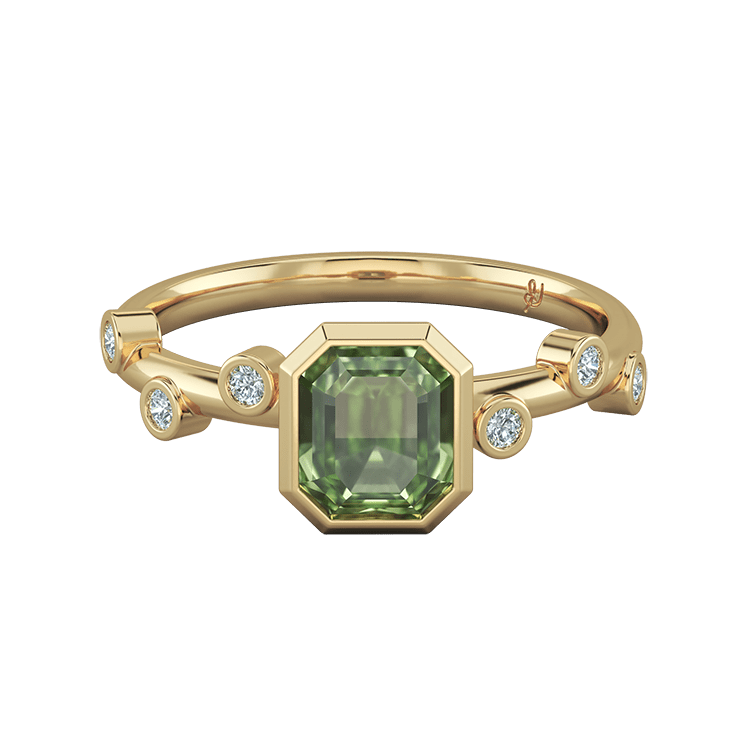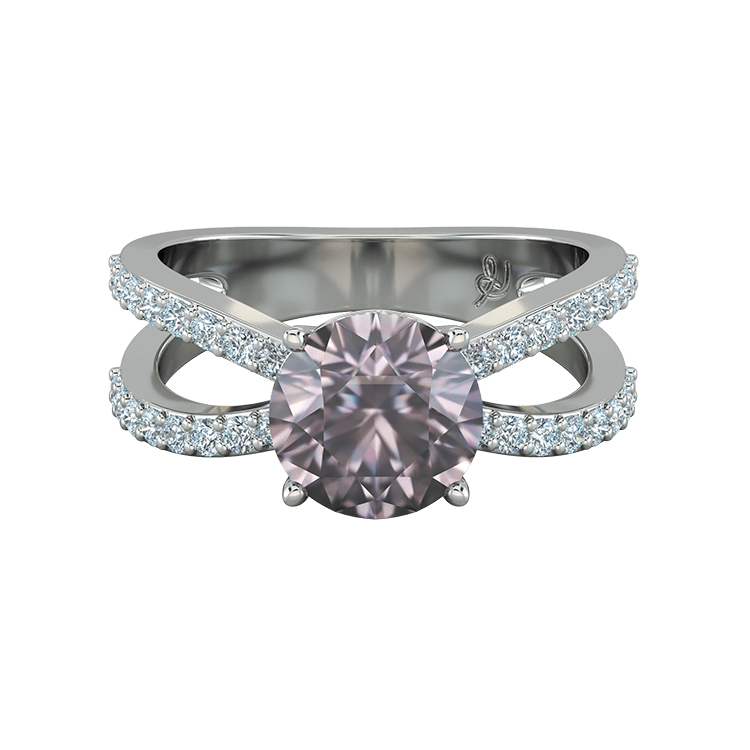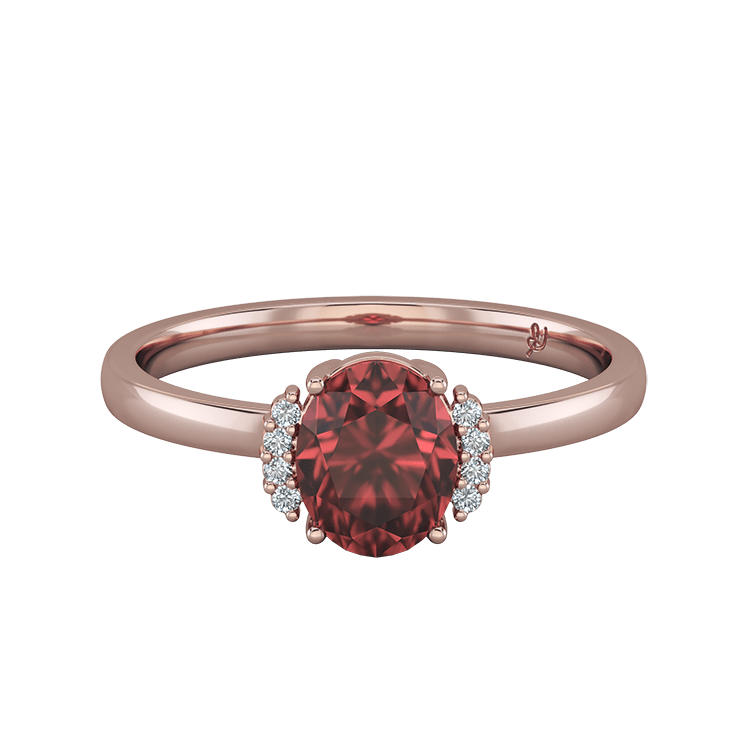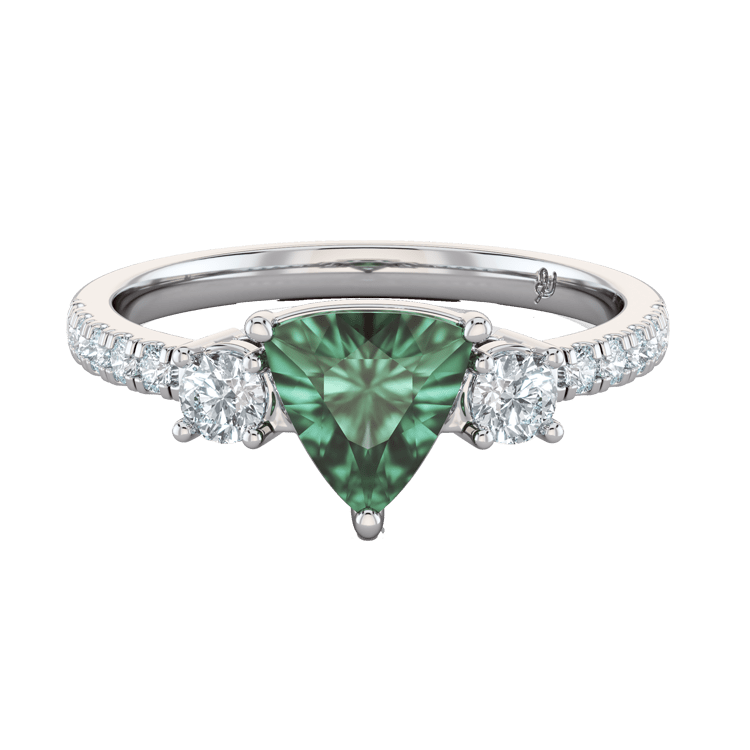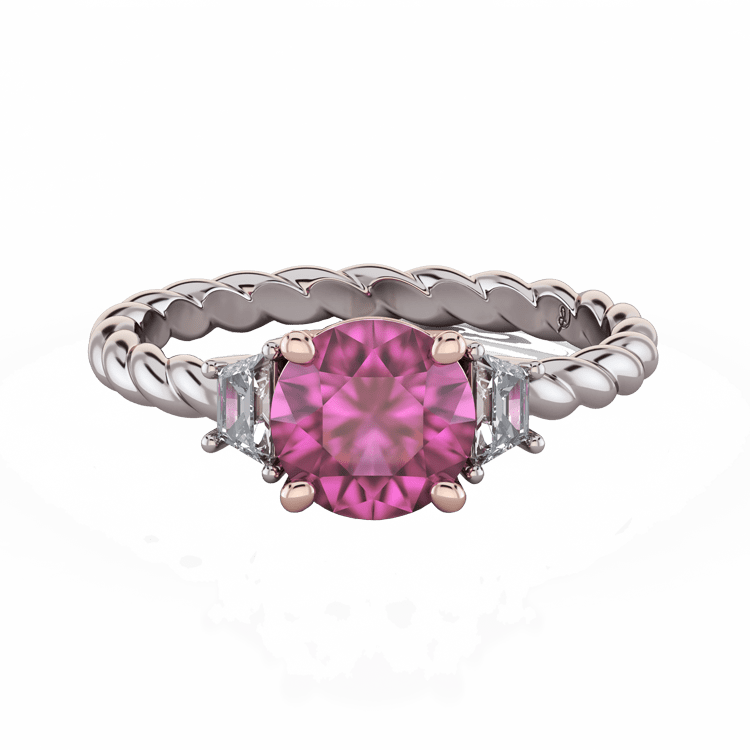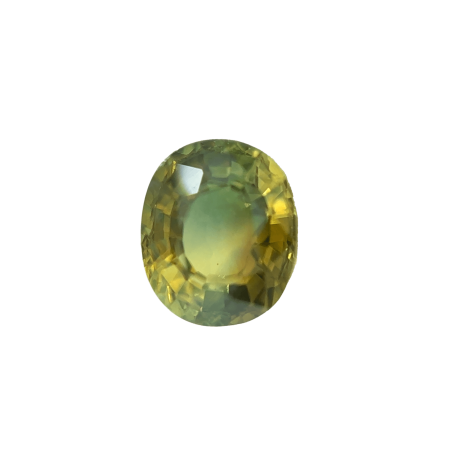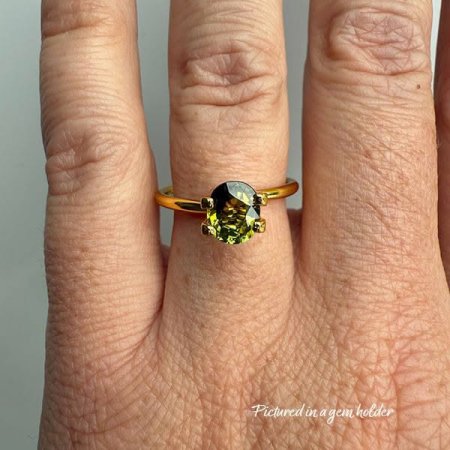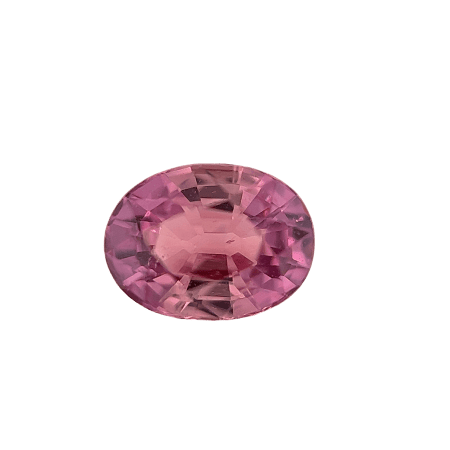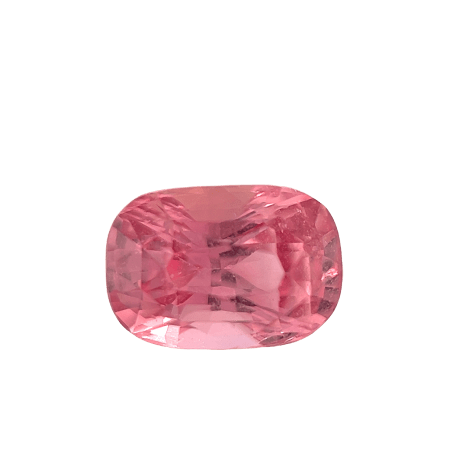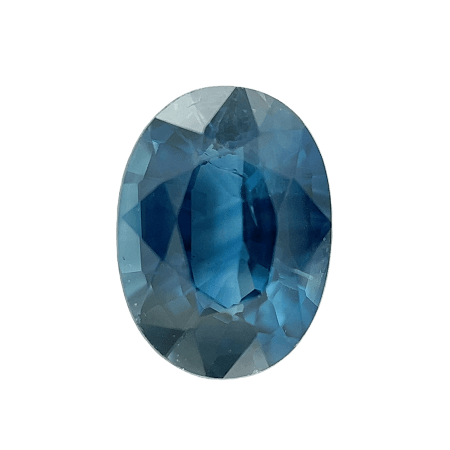Ethical Sapphires
Ethics
Sapphire mining isn’t plagued by the same conflict and problems that ‘blood diamonds’ are. Sapphires are generally a low-conflict stone with low environmental impact. More often than not, sapphire mining is done by localised industries of small-scale artisanal miners. This not only creates jobs and supports the local economy, but they also typically leave less impact on the natural environment.
Sri Lanka (Ceylon) is a leader in ethical mining. The government here has very strict laws and controls in place for mining, and for the process of obtaining mining licences. With two regulatory bodies operating in the country, small-scale artisanal miners are supported by fair labour and environmental care laws. Child labour in all its forms is strictly prohibited in Sri Lanka. Natural materials such as wood are used to build the mine tunnels, mining is all done by hand without the use of machines, and once mining has concluded the mine will be re-naturalised to ensure minimal impact on the landscape. As a result of the regulations, Sri Lanka has possibly the best model for sustainable mining worldwide.
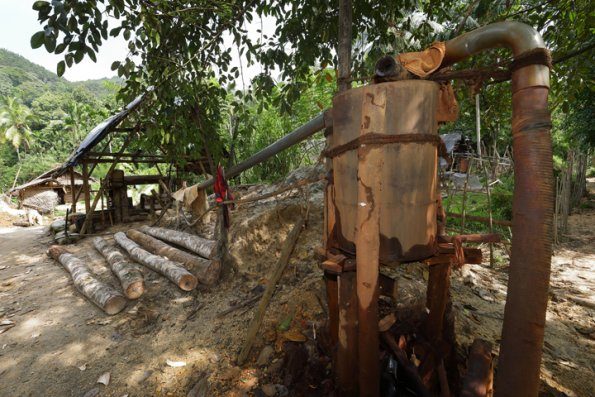
Today Madagascar’s supplies account for about 40% of the global sapphire market. With it being the 4th poorest country in the world, conditions are naturally quite different here. Although mining in developing countries across Africa isn’t to the same standards as you’ll find in Western countries, it would be unreasonable and unrealistic to expect it to be so. Ethical sourcing from developing countries is about supporting the economy of communities that depend on artisanal mines, and taking that in context with miners’ wellbeing and the environment from which they come from. People are attracted to mining as it pays well and depending on what they find could be the lotto ticket they all hope for. Most mining in Madagascar is done on small-scale artisanal quarries, with no chemical product used that could have harmful consequences to humans or the environment. The only negative effect is on the landscape with 20m holes and excavated red dust littering the land that used to be dedicated to dry agriculture. The upside though is that this is compensated by the significant rise in household income for the local population and subsequently higher living standards. Madagascar’s sapphires were formed about 165 million years ago, at the same time and location as Sri Lanka’s, hence they share similar properties (colours, clarity etc.)
Thailand’s sapphire production is somewhat limited compared to others on the global stage, however as a major cutting, treating and marketing centre it is estimated that about 80% of the world’s sapphires pass through Thailand to be traded, bought and exported. Thailand have developed and mastered quality improvement techniques that allow them to treat the sapphires coming into their shores which enhance the stone’s natural beauty. Think of it as getting a face lift! Thailand is renowned on the international level for its lapidary (cutting) as well. They started back when they had good levels of rough themselves, which meant they were distributed at a lower price within the country so Thai craftspeople were able to perfect their skills. Nowadays the experience these craftspeople have had honing their skills allows them to create beautiful balanced and symmetrical gemstones solely by hands and relatively simple tools. For Thailand, gems and jewellery is more than just a product, it is integral to their economy and culture. Sustainability, ethical practices, and verification are top of Thailand’s priorities with the gems they process as this in turn ensures they create a sustainable ecosystem for gem and jewellery businesses. The Gem and Jewelry Institute of Thailand (GIT) are relentlessly working to ensure there are measures in place for a legal, ethical and transparent gem trade as well as to help support the industry in source countries.

Queensland, Australia’s sapphire mining is regulated by the Queensland state government. As a Western country they are very regulated with labour laws (no child labour), health & safety equipment for all workers, full traceability of the mining operations, and no underground crime operations or corruption. Australia produces sapphires mostly in the blues, yellows, and greens range, including stunning parti and bi-colours and since discovering the first large deposits in the 1970s is now the world’s largest producer of sapphires. Mining takes place in the remote countryside and the footprint of mining is very small. When mining concludes they are obligated to bring the land back to it’s previous condition including leveling out the land and planting trees.
Montana is the only state in the U.S.A with any significant production of gem-quality sapphires. Sapphires from here are generally pastel in colour with the range mostly from pale green to pale blue, and the majority are on the smaller side, with stones generally being under the 1ct mark. Yogo sapphires (from a particular deposit within Montana) are known for their cornflower blue colour and high clarity. As you can imagine, being a Western country, the ethical and environmental standards are high. The downside is that they are generally more expensive since mining costs in the United States are quite high.

